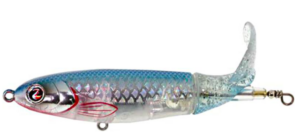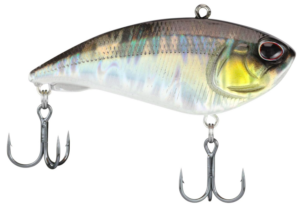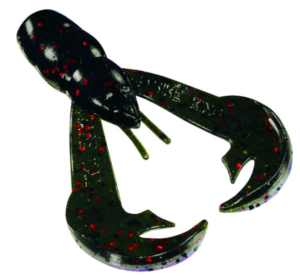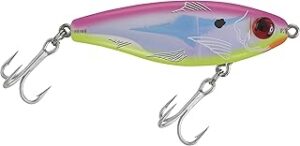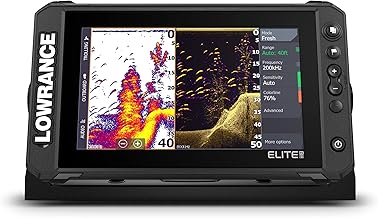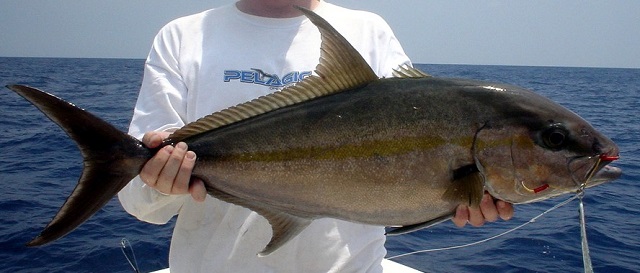
The Amberjack consists of 3 different types of fish from the Carangidae family (genus Seriola), which includes the jacks and the pompanos. The 3 species are known as the greater amberjack, lesser amberjack and the banded rudderfish.
Habitat
Amberjack are found mostly offshore and nearshore around reefs, wrecks and debris.
How to Catch Amberjack
The most consistent way to catch them is by using live bait or dead bait rigs fished near the offshore reefs and wrecks. Heavy tackle is recommended. Soft plastics, jigs and jigging spoons will also catch some aggressive fish.
Recommended Tackle
Amberjack grow very large and are often found on the reefs and wrecks in deeper water. You’re going to need heavy tackle to consistently get these fish to the boat. Heavy spinning gear works well for jigging or fishing with bait. You may want to go anywhere from 50 to 100 pound test line depending on the size of the fish that you’re catching.
When fishing for banded rudderfish, you can go a lot lighter with your gear because most of these fish are in the 1 to 3 pound range. Medium to medium heavy gear with 20 to 30 pound line will get the job done.
Eating Amberjack
Some people think amberjack taste very good while others would never eat them again. They can have worms in the tail section of some of the larger fish and there is a blood line that should be cut out. We recommended bleeding them then getting them on ice right away for a better taste. It is also recommended to keep some of the smaller ones and let the real big fish go. You can cook them up a variety of ways.
Offshore Fishing for Amberjack
Amberjack are mostly found offshore near reefs, wrecks and floating debris. They can be found nearshore, but are rarely found inshore. Anglers usually target amberjack offshore on the reefs and wrecks with live bait rigs. They will eat most smaller fish, but one of the best baits to use is a lively blue runner. Heavy tackle is a must if you want to get the fish back to the boat in a timely manner. Some anglers go lighter, but line in the 60 to 80 pound test range with a heavy rod and large reel should get the job done. An average amberjack will weigh anywhere from 20 to 40 pounds, but 60 to 70 pound fish are not uncommon and they can grow to over 100 pounds.






